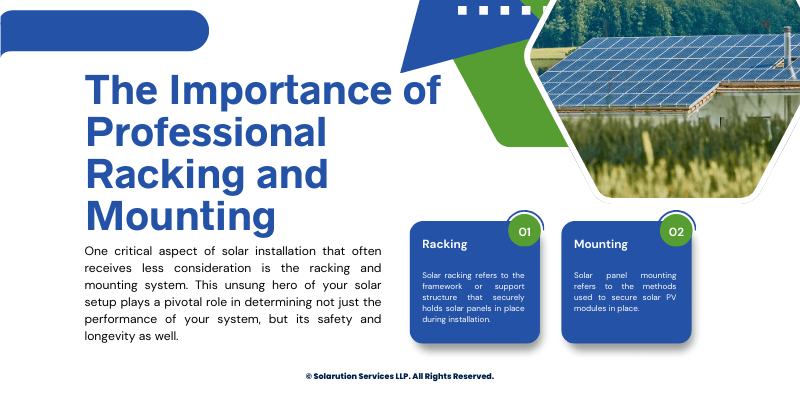As solar energy becomes increasingly affordable and accessible, many homeowners are considering the switch to clean, renewable power. However, before investing in solar panels, it’s crucial to determine whether your roof is suitable for installation. Not all roofs are created equal when it comes to supporting a solar energy system, and understanding the key factors that affect compatibility can save you time, money, and potential headaches.
Structural Integrity: Can Your Roof Handle the Weight?
The first consideration is whether your roof can physically support a solar panel system. Modern solar panels typically weigh between 2-4 pounds per square foot, which may not sound like much, but adds up quickly across an entire array.
Factors that influence structural capacity include:
- Age and condition of the roof structure
- Existing weight loads from multiple layers of roofing materials
- Building code requirements in your area
- Roof framing design and spacing of rafters or trusses
If your roof is older or showing signs of deterioration—such as sagging, water damage, or visible wear—it’s wise to address these issues before installing solar panels. Remember that solar systems typically last 25-30 years, so your roof should have at least that much life expectancy remaining to avoid the expense of removing and reinstalling panels for roof repairs.
Orientation and Sun Exposure: Maximizing Energy Production
The amount of electricity your solar system generates depends significantly on how much sunlight it receives. In the Northern Hemisphere, south-facing roof sections receive the most direct sunlight throughout the day and year, making them ideal for solar panels.
While south-facing orientation is optimal, east and west-facing roofs can still be viable options, typically producing about 80% of what an ideally oriented installation would generate. North-facing roofs are generally considered less suitable in the Northern Hemisphere, though advances in panel efficiency have made even these installations more feasible than in the past.
Beyond basic orientation, consider:
- Shade from trees, neighboring buildings, or other structures
- Seasonal sun patterns and how they affect your specific location
- Geographic location and typical weather patterns
A professional solar assessment will include a shade analysis that maps sun exposure throughout the day and year, identifying optimal placement for maximum energy production.
Roof Design: Finding the Right Fit
The physical characteristics of your roof play a crucial role in determining suitability for solar installation:
Roof Material: Most common roofing materials—including asphalt shingles, metal, and tile – can accommodate solar panels, but installation methods vary. Metal standing-seam roofs often allow for seamless, non-penetrating mounting systems, while clay tile may require more specialized hardware.
Pitch and Angle: The ideal roof pitch for solar panels typically ranges from 15 to 40 degrees, though panels can be installed on both steeper and flatter roofs with appropriate mounting systems. Very steep roofs may increase installation costs due to safety requirements and complexity.
Available Space: Solar panels require unobstructed areas for efficient installation. Roof features like chimneys, vents, skylights, and dormers reduce available space and can create shade issues.
Roof Dimensions: The size and shape of your roof sections determine how many panels can be installed. Most residential solar panels measure approximately 65 x 39 inches, requiring adequate continuous space for optimal array configuration.
Local Regulations and HOA Restrictions
Before proceeding with solar installation, research local building codes, permit requirements, and any homeowner association (HOA) restrictions that might apply. While many states have “solar rights” laws that limit HOA restrictions on solar installations, specific requirements regarding setbacks, visibility, and installation methods may still exist.
Key regulatory considerations include:
- Building permit requirements
- Fire code compliance (many codes require setbacks for firefighter access)
- Historical district restrictions
- Homeowner association rules
Planning for the Future: Roof Replacement Timing
If your roof is more than 10-15 years old, consider whether it makes sense to replace it before installing solar panels. While this represents an additional upfront investment, it could save considerable expense down the road.
The cost of removing and reinstalling solar panels for a future roof replacement typically ranges from $1,500 to $6,000, depending on system size and complexity. Many homeowners find it more economical to replace an aging roof simultaneously with their solar installation, even if the roof has a few years of life remaining.
Professional Assessment: The Final Verdict
While this guide provides a framework for evaluating your roof’s solar potential, a professional assessment remains the most reliable way to determine suitability. Solar installers use specialized tools to measure sun exposure, analyze structural capacity, and identify the optimal system design for your specific situation.
Most reputable solar companies offer free site assessments that provide detailed information about:
- Energy production estimates based on your roof’s characteristics
- Structural modifications needed, if any
- Recommended system size and configuration
- Cost and return-on-investment projections
By understanding these key factors before beginning your solar journey, you’ll be better equipped to make informed decisions about this significant investment in sustainable energy for your home.
**********




